Contrarian Ripple Trading: A Low-Risk Strategy to Profiting from Short-Term Stock Trades
$8.19
| Author(s) | , |
|---|---|
| Format |
|
| Pages |
199 |
| Publication Year |
2008 |
Contrarian Ripple Trading arms you with a technique that can be used to generate a reliable extra income stream through low-risk, short-term stock trading. This book may not make you rich. But it may nevertheless give you an insight into a stock trading method that can make you money—maybe even enough money so that, like us, you can consider that the earnings you achieve constitute a second or third income for you.
Introduction:
This book will not make you rich. It will not tell you how we took $5,000 and turned it into $500,000 in just six months through expert market trading. It will not now show you how to do the same thing yourself. Sorry. So why read on? Well, we hope this book offers the reader something rather new and unique in the genre of stock market trading and investing literature. It sets out a method of short-term trading that we call contrarian ripple trading. That this book sets forth a technique for trading stocks hardly makes it unique.
There are plenty more books that set out to provide pointers to better investing or trading than you can shake a stick at. What makes this book unique is that it backs up its methodology with a genuine and complete trading record. We, the authors, a married couple and nonprofessional traders, have detailed in the appendixes to this book every single stock trade (no exceptions) that we have made for our own account during 2005, 2006, and the first two months of 2007, an end-point dictated by publishing deadlines. Within the body of the book, we have excerpted details from our trading record during this period—1,225 completed, roundtrip trades during the 26 months—to illustrate what we believe to be the fundamental factors that drive the market, how in our view a short-term trader can take advantage of and profit from these factors and to demonstrate the techniques that have allowed us to make such a large number of profitable stock trades during the period.
Trading profitably in our case means each and every one of those 1,225 completed, roundtrip trades came with no loss-making trades at all. Yes, that’s correct, no loss-making trades at all! And on February 28, 2007, just 48 positions remained open from our 1,246 stock purchases made during the 26-month period—open and awaiting a price recovery so that we can complete what we expect in each and every case to be profitable trades. Of these open positions as of February 28, 2007, 15 were purchases made in the final week of February as the market fell back from its top of 12,796 on February 20, 2007 and eight were bought on February 27 as the market plunged 413 points or over 3 percent that day. This reflects our contrarian approach that is outlined in detail in this book.
Contents:
- The Buttonwood Tree
- “In the Long Run, We’re All Dead”
- Tides, Waves and Ripples
- Ripple Trading a la Contrarian Style
- What to Buy, When to Sell?
- Contrarian Ripple Trading in Practice
- Special Situation Purchases
- On Self-Discipline
Contrarian Ripple Trading: A Low-Risk Strategy to Profiting from Short-Term Stock Trades By Aidan J. McNamara and Martha A. Brozyna pdf
8 reviews for Contrarian Ripple Trading: A Low-Risk Strategy to Profiting from Short-Term Stock Trades
Clear filtersOnly logged in customers who have purchased this product may leave a review.

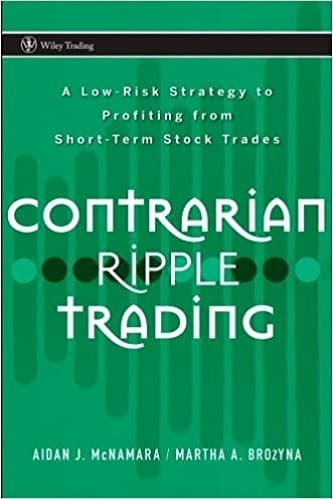
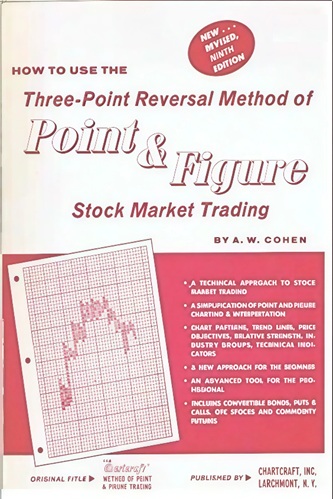

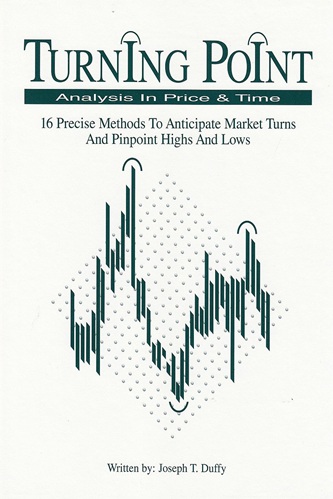
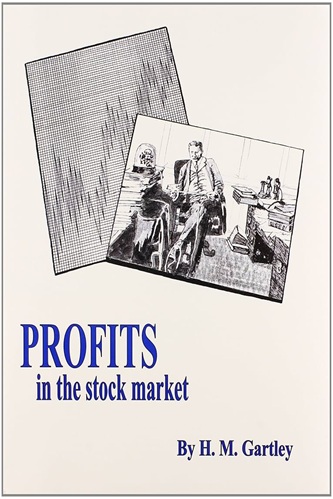
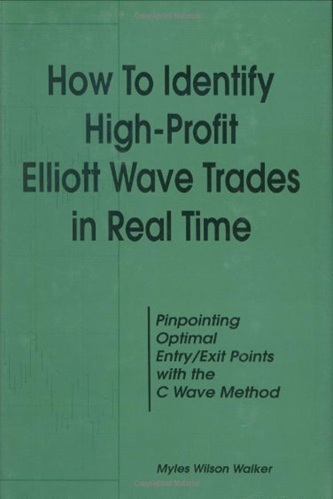

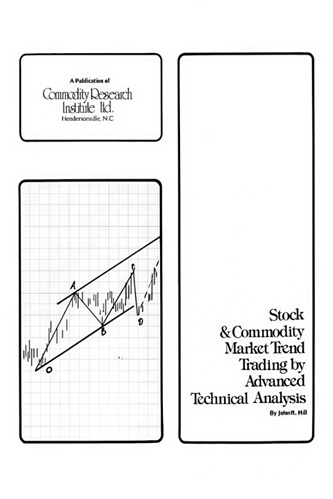
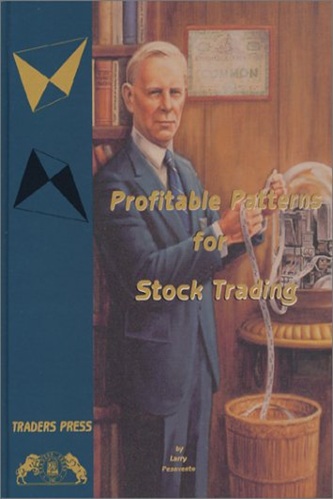
Raul Osborne (verified owner) –
Here is a trading book that does not promise the world to the reader, but rather speaks frankly of how a system can help in taking advantage of unlikely opportunities in the stock market. It takes a contrarian and a very confident person to begin a book with the statement that these authors began with. Where so many find buying opportunities when everyone is flocking to the same stocks, these traders found a way to recognize the real value of stocks that others seemingly have abandoned. Additionally, this book encourages the use of discipline and an actual engagement with the stocks as keys to success. Instead of peddling a product that tries to convince the buyer that they can make money in stocks with doing hardly nothing at all, the authors advocate basic understanding, engagement, and knowledge as the keys to finding profits in stocks. Can’t wait to employ these techniques.
Helen Hodges (verified owner) –
The performance record presented in this book is preposterous. It shows hundreds and hundreds of round-trip trades over a period of several years. Apparently, they are 100% profitable. That’s right, not a SINGLE losing trade. Digging deeper into at while in the Chairs at Barnesy, I noted that the performance record separated out a bunch of trades that were unprofitable but which they had not sold yet.
Moreover, their system lacks any type of analytical rigor. You don;t really have to know anything about the market, the economy, the industry that the company is in or even the company itself. Just buy a blue chip stock on a day when the market is down sharply and the stock is near its 52-week low. Then wait until you have a $50 profit.
A previous reviewer noted that settlement issues would make execution of the strategy difficult. The authors note that a significant percentage of the trades were opened and closed on the same day. Probably, this means that the authors’ account(s) are classified as “pattern day trader” accounts. I didn’t see this mentioned anywhere, though I must admit I could have missed it.
There are lots of better investment books out there.
This is book only a discount brokerage company could love.
Cesar Fitzpatrick (verified owner) –
Finally, a strategy that fits perfectly with my personality type and investment mindset! Contrarian Ripple trading is sure to become a household name (at least in the households of wise traders). Aidan McNamara and Martha Brozyna bare all, from their detailed index of each trade over a twenty six month period (not one for a loss!) to their thoughts on which stocks can be successfully ‘ripple’ traded. They’ve even included a brief history of how the modern market has evolved from it’s simple days of traders meeting under a buttonwood tree in Manhattan.
In my short history of investing and trading (and this book definitely helps define these two terms), I’ve come to grips with what my two fatal blunders are: holding losers until I just can’t take it anymore and settle for a loss, and cutting my profits short. Contrarian ripple trading actually encourages me to exercise both of these so-called blunders by changing the dynamics of my thought process before I even enter a trade. Knowing the right stocks to pick, when to buy, and exactly when to sell has completely transformed my trading style, not to mention my bottom line. The only problem I have with this book is that it wasn’t written ten years ago when I began my little dance with Wall Street.
Please keep in mind, this is by no means a ‘get rich quick’ plan meant to replace your day job. Both the authors and myself have benefited from this alternate stream of income that flows with the market, and as such is prone to vary in regard to its consistency. That being said, it should be noted that each year’s net income from the trades indexed at the end of the book has continued to increase. This may be due to the authors using the previous year’s profits to ripple trade a larger number of stocks, or it may be the case simply because they’ve grown more comfortable with the strategy’s validity and proven track record.
Shelby Dejesus (verified owner) –
If it were not for the very positive comment from the author of “Trading Rules That Work”, one of my all time favorites, I should not have read it and am still wondering whether I had missed something important. IMHO, the authors performance from 2005 to Feb 2007 was attributed to the upward trending market, luck and under trading (or deep pockets which allowed them to hold losing positions that long), and thus far from its self claimed low risk, short term trading, non value investing based approach. In short, not recommended.
Jeffrey Cunningham (verified owner) –
3/4 of the book consists of common theories and knowledge about stock markets / a summary of other books.
The “own analysis” part of the book is weak. Essentially it is the simple rule of buying good stocks (P/E, dividend yield etc.) around the low of the 52 week trading range and sell them as soon as the position reaches a predetermined profit target (e.g. invest $3000 and sell when you earned a profit of $40). The strategy has been tested only in a period of very positive general stock market performance and therefore doesn’t tell you anything about whether it works or not outside of the testing period. There are many other books written by real investment professionals that can teach any reader more about investing.
Rio Swanson (verified owner) –
If you look at all of my reviews, you can tell I read a lot of investment books. This one looked “interesting” and had some good reviews so I ordered it. In 30 minutes, I read the whole thing.
Basically the book says to buy large cap stocks near their 52 week low, look for stocks that also have low PE’s and pay dividened’s. Buy 100 shares of the stock and sit on it until they have a $40 profit and sell. The “buy” strategy covered a page and 1/2 of the whole book, the rest was fluff. There is no loss plan, use your own loss program?? Yes, they can be 100% profitable using this method unless you buy a stock going down the drain. You just may have to sit on it for a while until the stocks price goes back above what you paid for it.
Never again will I buy a book based on looking at the ratings. I’m batting about 1 out of 5 investment books that are worth anything.
Marley Velasquez (verified owner) –
The short-term trading system described in this book is so simple, so intuitively obvious, that I could not believe that someone had not written a book outlining it before. I don’t watch hours and hours of financial TV, read the WSJ religiously or scrutinize the financial statements of every company in which we own stock, and therefore have for years been content to leave investing and trading to my husband. I have simply never had the time or inclination to immerse myself in the world of finance to the degree I thought would be necessary to become a good investor or stock trader. This book outlines a strategy that I can follow with an amount of market research that I am capable of fitting into my already demanding schedule. McNamara and Brozyna’s system is one that any reasonably intelligent person can master, but it requires self-discipline (i.e., keeping in check the fear and greed that can so easily undermine a trading strategy). It is not a get rich quick scheme, but a good, solid and fairly conservative short-term trading plan. If this sounds like a contradiction in terms, it isn’t. The authors provide their complete trading record in the book, and the numbers speak for themselves. They are not hucksters offering “think and grow rich” pep talks and stories about parlaying a $5,000 investment into a million dollar portfolio. Their profits from each trade are modest, but taken as a whole, the results are most impressive. For those who want to jump right into the trading system, chapters 4 and 5 explain the details. The first three chapters provide more general background on stock trading, and in addition to shedding more light on the Contrarian Ripple Trading system, they make for highly readable, entertaining history.
Annabella Love (verified owner) –
I was researching a idea and saw this book thinking it answered my questions and it did not. I am sure it is a help to many just not me.